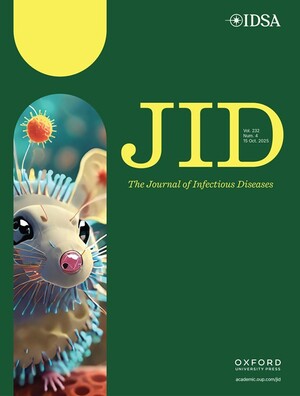
Genomic surveillance of Rift Valley fever virus: From sequencing to lineage assignment
Abstract
Genetic evolution of Rift Valley fever virus (RVFV) in Africa has been shaped mainly by environmental changes such as abnormal rainfall patterns and climate change that has occurred over the last few decades. These gradual environmental changes are believed to have effected gene migration from macro (geographical) to micro (reassortment) levels. Presently, 15 lineages of RVFV have been identified to be circulating within the Sub-Saharan Africa. International trade in livestock and movement of mosquitoes are thought to be responsible for the outbreaks occurring outside endemic or enzootic regions. Virus spillover events contribute to outbreaks as was demonstrated by the largest epidemic of 1977 in Egypt. Genomic surveillance of the virus evolution is crucial in developing intervention strategies. Therefore, we have developed a computational tool for rapidly classifying and assigning lineages of the RVFV isolates. The computational method is presented both as a command line tool and a web application hosted at https://www.genomedetective.com/app/typingtool/rvfv/. Validation of the tool has been performed on a large dataset using glycoprotein gene (Gn) and whole genome sequences of the Large (L), Medium (M) and Small (S) segments of the RVFV retrieved from the National Center for Biotechnology Information (NCBI) GenBank database. Using the Gn nucleotide sequences, the RVFV typing tool was able to correctly classify all 234 RVFV sequences at species level with 100% specificity, sensitivity and accuracy. All the sequences in lineages A (n = 10), B (n = 1), C (n = 88), D (n = 1), E (n = 3), F (n = 2), G (n = 2), H (n = 105), I (n = 2), J (n = 1), K (n = 4), L (n = 8), M (n = 1), N (n = 5) and O (n = 1) were also correctly classified at phylogenetic level. Lineage assignment using whole RVFV genome sequences (L, M and S-segments) did not achieve 100% specificity, sensitivity and accuracy for all the sequences analyzed. We further tested our tool using genomic data that we generated by sequencing 5 samples collected following a recent RVF outbreak in Kenya. All the 5 samples were assigned lineage C by both the partial (Gn) and whole genome sequence classifiers. The tool is useful in tracing the origin of outbreaks and supporting surveillance efforts.
Citation
Juma, J., Fonseca, V., Konongoi, S.L., Heusden, P. van, Roesel, K., Sang, R., Bett, B., Christoffels, A., Oliveira, T. de and Oyola, S.O. 2022. Genomic surveillance of Rift Valley fever virus: From sequencing to lineage assignment. BMC Genomics 23: 520.










